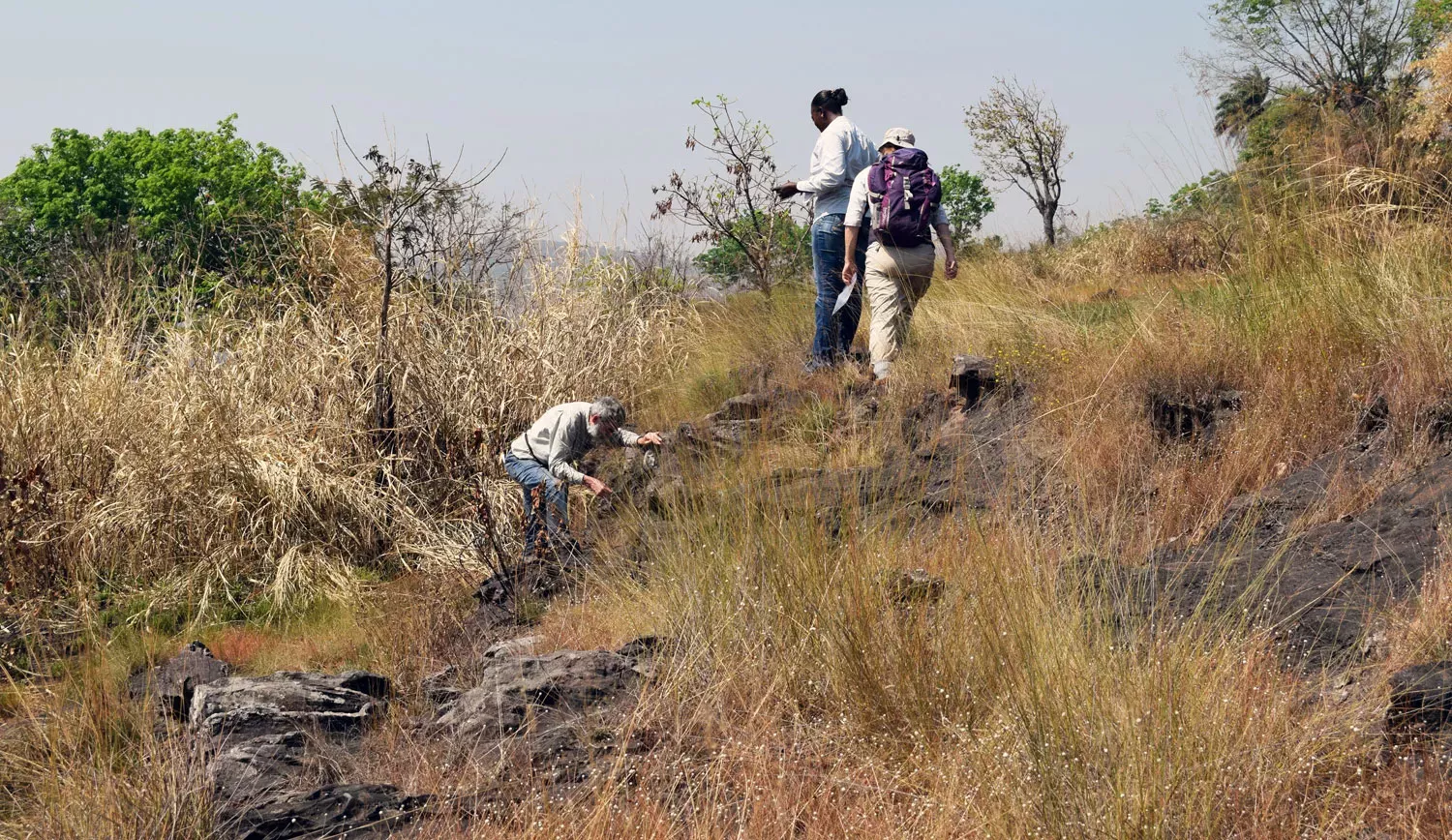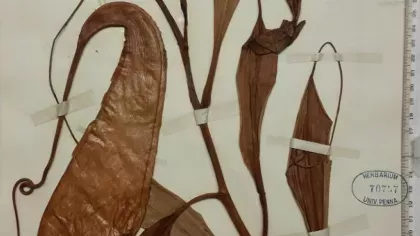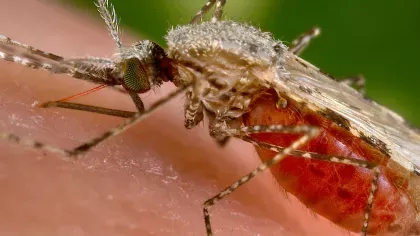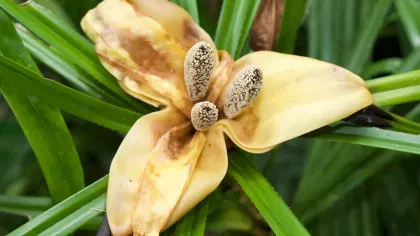30 September 2020
How Kew is saving the world's plants and fungi
From seed banking to building the tree of life, the work of our scientists is helping to protect biodiversity.

We depend on plants and fungi for the food we eat, the clothes we wear, the medicines that cure our major diseases, and the air we breathe.
Biodiversity sustains our lives.
But deforestation is increasing, global emissions are disrupting our climate, new pathogens threaten our crops and our health, and illegal trade is eradicating entire plant populations.
Biodiversity is being lost.
Now, more than ever, we need to uncover the myriad of solutions that plants and fungi provide to the global challenges we face.
Over 350 scientists at Kew are working in over 100 countries to understand the importance plants and fungi in sustaining our planet.
Their work, and the work of all Kew’s international partners, helps to support the conservation of this biodiversity for generations to come.
Read about some of our major projects:
Banking the world’s seeds
With an estimated 2 in 5 plants now at risk of extinction, we need an insurance policy against their disappearance in the wild.
Our Millennium Seed Bank Partnership (MSBP), is the largest ex situ plant conservation programme in the world.
We work with partners around the globe to collect seeds from wild plants and store them in seed banks, including our very own Millennium Seed Bank at Wakehurst.
We look search for plants most at risk, and most useful for the future.
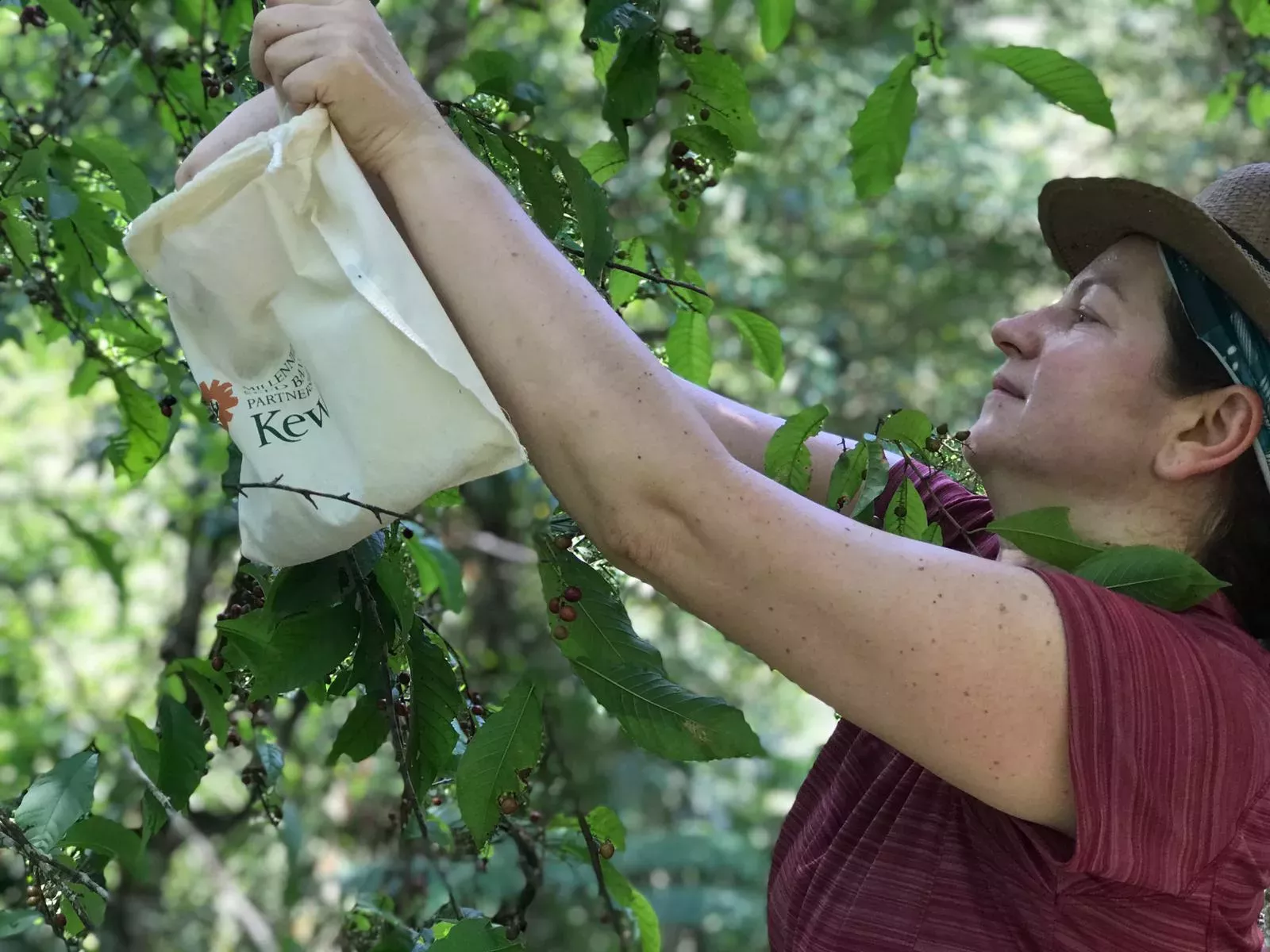
Plant and Fungal Trees of Life (PAFTOL)
The tree of life is central to biology; it’s like a road map to life on earth.
The PAFTOL project focuses on plants and fungi and, by reading their DNA, we can get an understanding of how different taxa are related, and how they have evolved.
This information is a useful tool for finding new species and conserving and monitoring them.
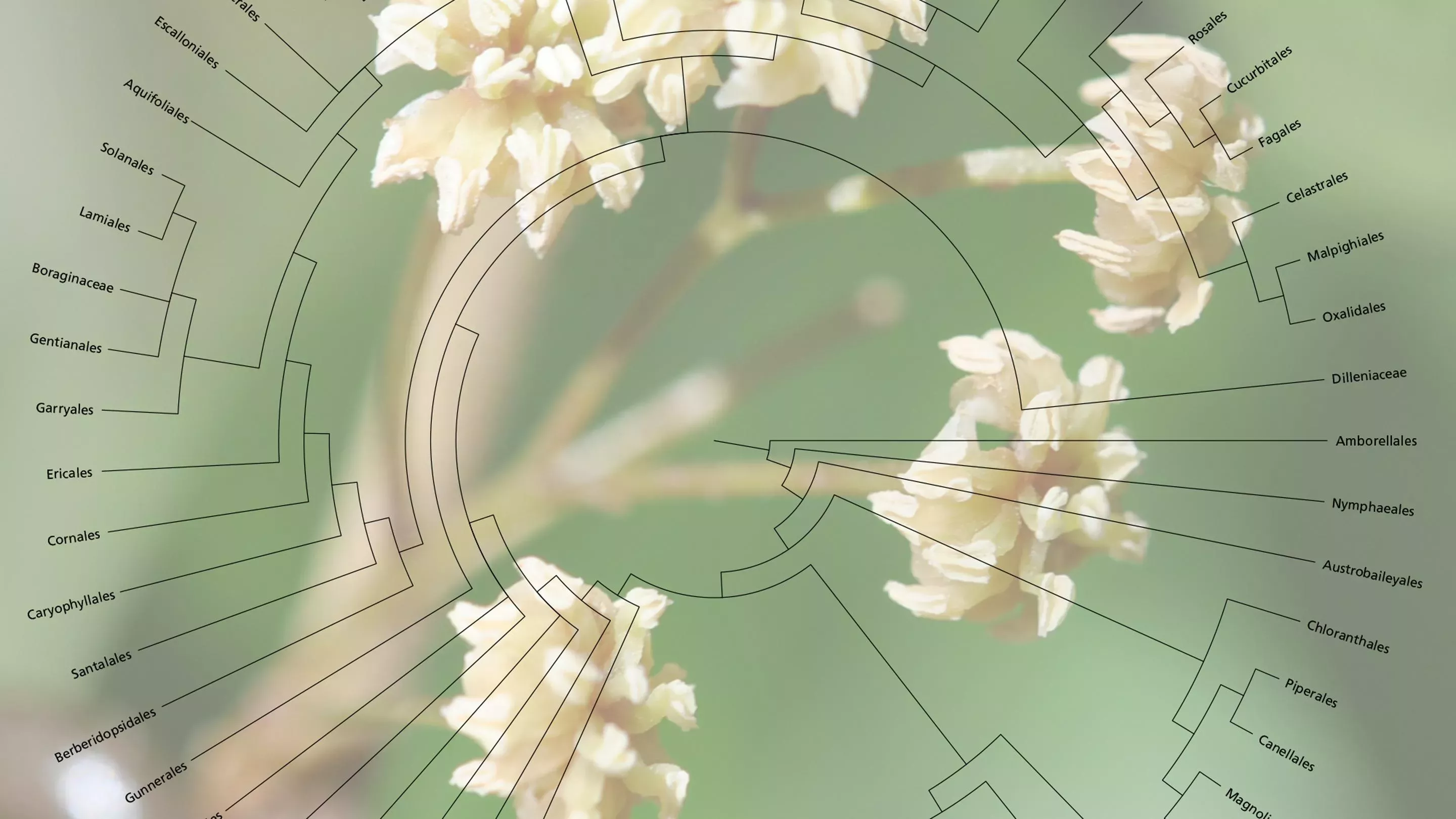
Plant Assessment Unit
Kew is helping to fight extinction. But how do we know what species to fight for?
Our scientists in the Plant Assessment Unit use expertise and the specimens in our Herbarium to determine how threatened species are and add them to The International Union for Conservation of Nature’s Red List of Threatened Species (IUCN Red List).
But despite the name, the Red List is more than just a list. It provides vital information for governments and organisations to guide conservation strategies and policy.
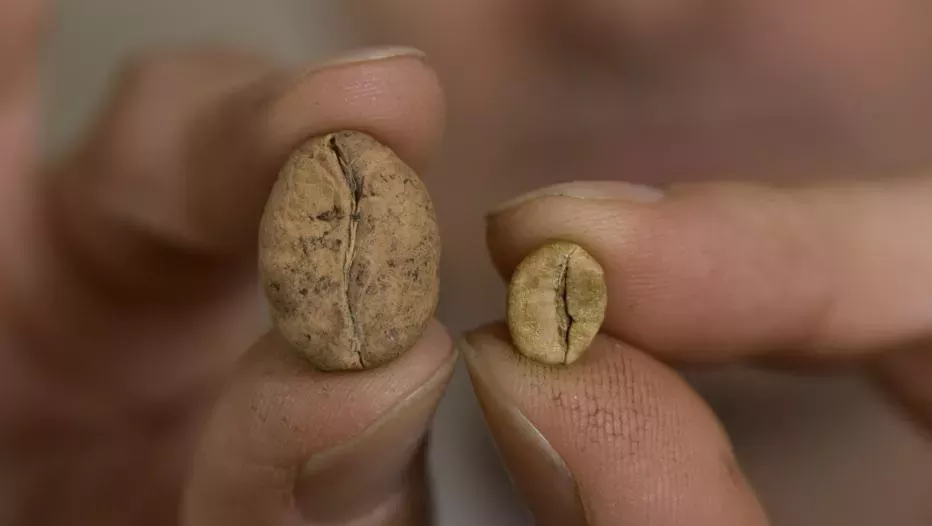
Tropical Important Plant Areas (TIPAs)
Many of the plants at risk of extinction are found in the tropics, where the destruction of natural habitats for agriculture, industry, energy and other developments continues unabated.
Our TIPAs programme identifies areas where threatened plants and their habitats should be conserved, and distinguishes areas with exceptional plant diversity.
By working with in-country partners, we can raise local awareness of the importance of plant life and influence national authorities to prioritise the protection of plants and their habitats.
